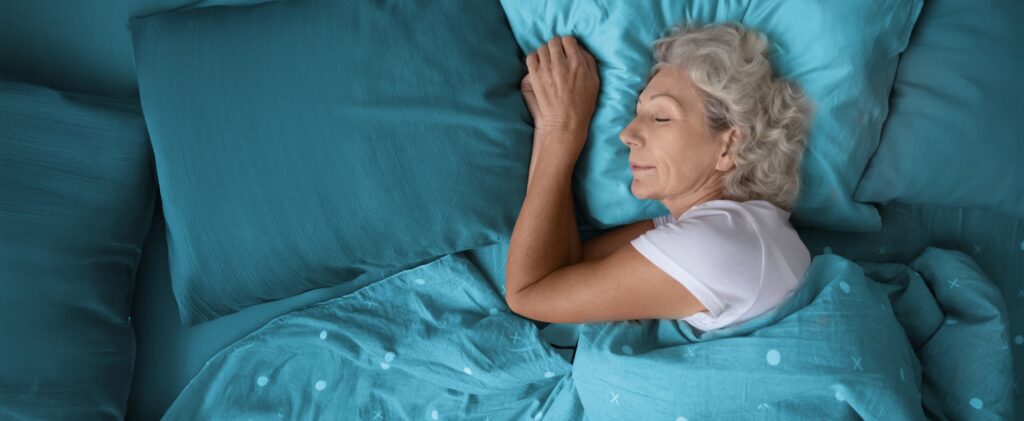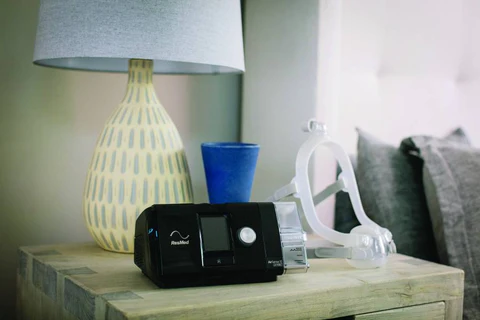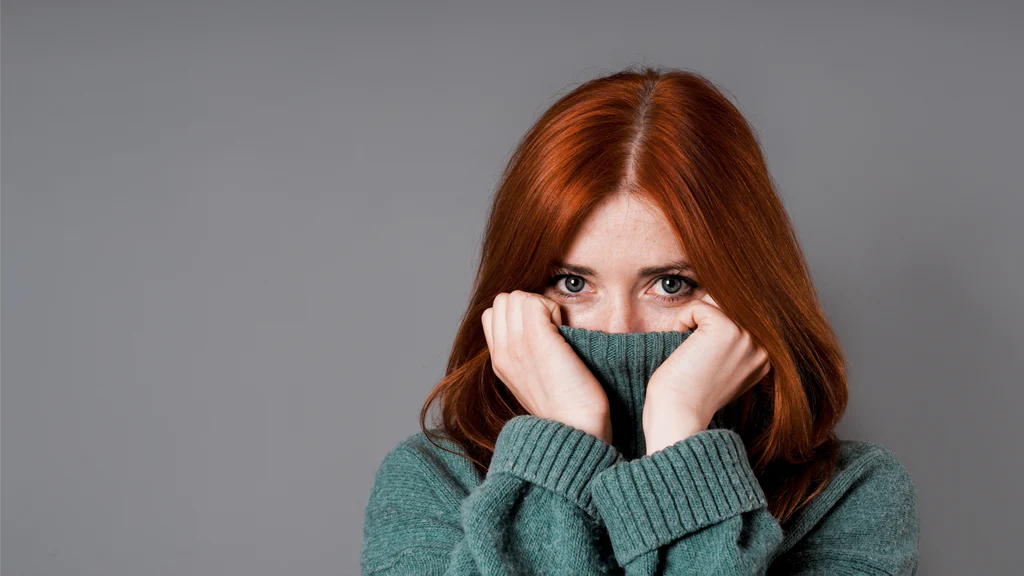Having a pet is a source of immeasurable joy and companionship for many people. Those who also rely on a Continuous Positive Airway Pressure (CPAP) machine to manage sleep apnea may find that their furry friends play a unique role in their nightly routine. In this blog, we’ll explore the intersection of pet ownership and CPAP therapy, examining the challenges and benefits of navigating both worlds.
- The CPAP Journey: Before delving into the connection between pets and CPAP therapy, it’s essential to understand the significance of CPAP machines in managing sleep apnea. Sleep apnea is a common sleep disorder characterized by pauses in breathing during sleep. CPAP therapy involves using a machine that delivers a continuous stream of air through a mask, preventing airway collapse and promoting uninterrupted breathing.
- The Comfort of a Furry Companion: For many individuals undergoing CPAP therapy, the presence of a pet can be incredibly comforting. Pets offer emotional support, reduce stress, and create a sense of security. This is particularly valuable for those adapting to the initial challenges of sleeping with a CPAP machine.
- Adjusting to the CPAP Routine: Introducing a CPAP machine into your nightly routine can be an adjustment for both you and your pet. The machine’s hum and the mask’s appearance might be unfamiliar at first. Gradual introductions, positive reinforcement, and allowing your pet to explore the CPAP equipment can help them acclimate.
- Pet-Friendly CPAP Accessories: To make the CPAP experience more pet-friendly, consider investing in accessories that cater to both your sleep apnea needs and your pet’s comfort. Opt for a mask with a soft, quiet exhalation port to minimize noise disturbances. Additionally, choose a mask that allows you to maintain eye contact and interact with your pet before falling asleep.
- Creating a Cozy Sleeping Environment: Ensure your bedroom is a comfortable space for both you and your pet. Designate a cozy corner or bed for your furry friend to relax while you use your CPAP machine. A well-designed sleep space contributes to a positive sleep environment for everyone.
- Pet Hair and CPAP Maintenance: Pet owners are familiar with the challenge of managing pet hair. Regularly clean your CPAP machine and mask to prevent pet hair from accumulating. Consider using air purifiers or grooming your pet regularly to minimize airborne allergens that could potentially affect your sleep apnea therapy.
- Unconditional Support: One of the most significant benefits of having a pet during CPAP therapy is the unconditional support they provide. Pets offer companionship, reduce feelings of loneliness, and can even provide a sense of purpose—all of which contribute to improved mental well-being.
Navigating the world of CPAP therapy with a pet by your side is a unique and rewarding experience. The unconditional love and support that pets offer can make the adjustment to using a CPAP machine more manageable. By incorporating your furry friend into your sleep routine and making minor adjustments to accommodate their presence, you can enjoy restful nights with the comfort of your beloved companion.
Disclaimer: The information provided on Nationwidemedical.com is solely for educational purposes and should not be used as a substitute for professional medical advice, diagnosis, or treatment. Always seek the advice of your physician or other qualified healthcare provider with any questions you may have regarding a medical condition. Never disregard professional medical advice or delay in seeking it because of something you have read on this website. Nationwidemedical.com is not responsible or liable for any advice, course of treatment, diagnosis or any other information, services or products that you obtain through this site. Reliance on any information provided by Nationwidemedical.com is solely at your own risk.



